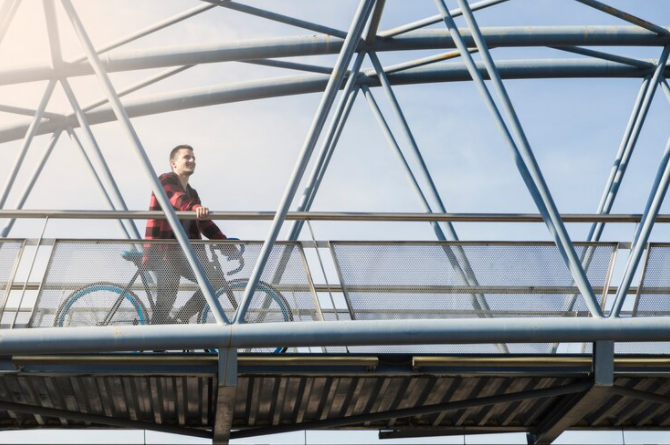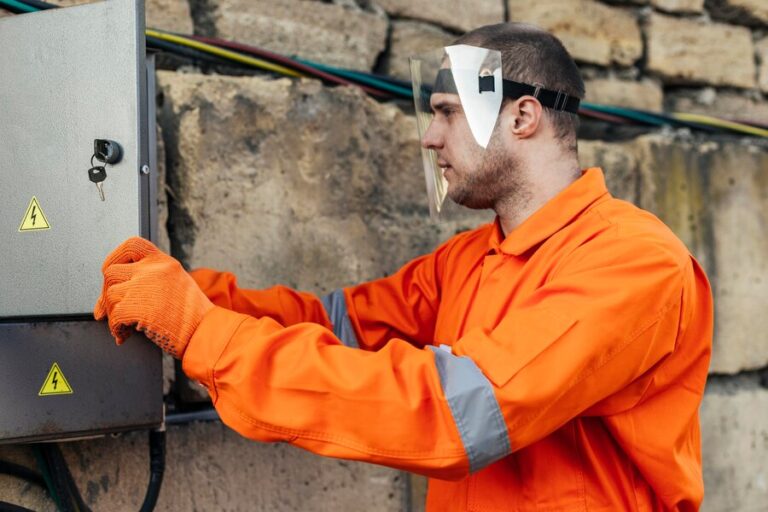Steel framing is a popular choice in construction due to its durability, strength, and versatility. Whether it’s for residential, commercial, or industrial buildings, steel framing techniques play a crucial role in creating structures that can withstand various environmental and load conditions. In this article, we’ll explore some of the key techniques used in steel framing to ensure the creation of stronger structures.
1. Design Considerations
The first step in utilising steel framing for stronger structures is meticulous design. Engineers and architects must consider factors such as the building’s intended use, location, environmental conditions, and expected loads. By carefully analysing these aspects, they can determine the appropriate steel sections, connections, and framing layout to optimise structural performance.
2. Material Selection
Choosing the right grade and type of steel is essential for achieving the desired strength and durability. High-strength steel alloys are often preferred for structural framing due to their superior load-bearing capacity. Additionally, coatings or treatments may be applied to steel members to enhance corrosion resistance, ensuring longevity in various climates.
3. Bolted Connections
Bolted connections are commonly used in steel framing to join individual members together. Properly designed and installed bolted connections distribute loads effectively, minimising stress concentrations and potential points of failure. Additionally, regular inspection and maintenance of bolts are essential to ensure structural integrity over time.
4. Welding Techniques
Welding plays a significant role in steel framing, particularly for joining components that cannot be connected using bolts or other mechanical fasteners. Skilled welders use techniques such as arc welding or gas metal arc welding (MIG) to create strong and durable connections between steel members. Weld quality and consistency are critical to achieving the desired structural performance.
5. Bracing Systems
Bracing systems are integral to steel-framed structures, providing stability and resisting lateral loads such as wind or seismic forces. Diagonal bracing, cross-bracing, and portal frames are common types of bracing used to enhance structural stiffness and prevent buckling or sway. Proper placement and design of bracing systems are essential to ensure structural integrity under dynamic loading conditions.
6. Composite Construction
Composite construction involves combining steel framing with other materials such as concrete or timber to create hybrid structural systems. By leveraging the strengths of each material, composite construction offers enhanced structural performance and efficiency. For example, steel beams can support concrete floor slabs, providing increased strength and stiffness while reducing overall weight.
7. Quality Control and Testing
Quality control measures, including material testing, weld inspections, and structural analysis, are essential throughout the construction process. Regular quality checks help identify any defects or inconsistencies that could compromise the structural integrity of the building. Additionally, structural testing, such as load testing or seismic analysis, ensures that the completed structure meets or exceeds safety standards.
Conclusion
Steel framing techniques play a vital role in the construction of stronger and more resilient structures. By considering factors such as design, material selection, connection methods, and quality control, engineers and builders can optimise the performance of steel-framed buildings. Whether it’s through bolted connections, welding techniques, bracing systems, or composite construction, steel framing offers endless possibilities for creating safe and durable buildings that stand the test of time.







